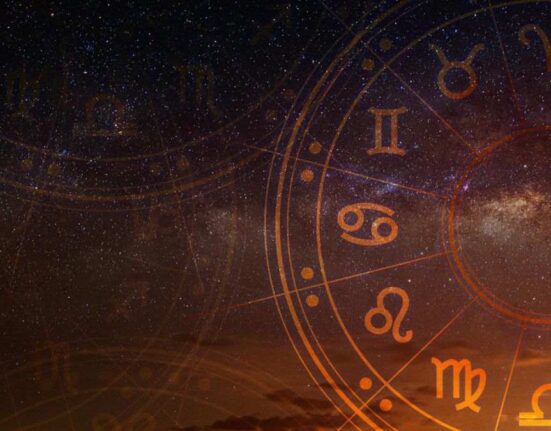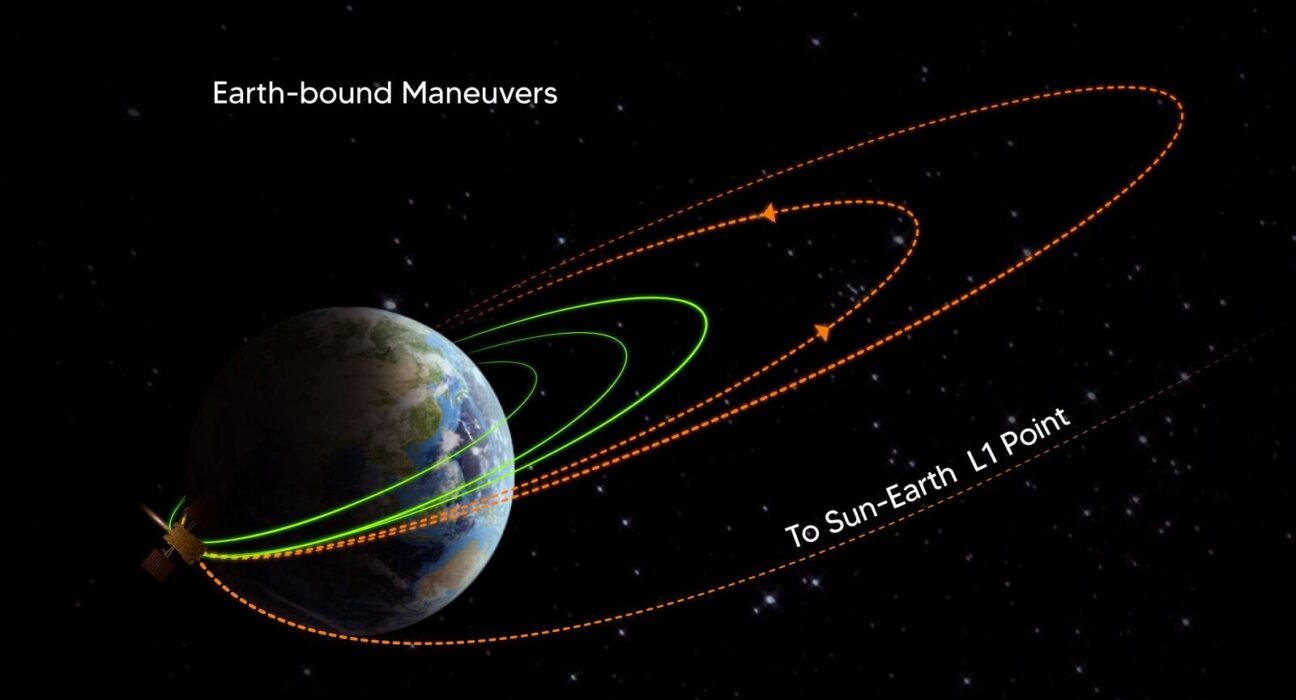ISRO’s Aditya-L1 Sun Mission Achieves 3rd Successful Orbit-Raising maneuver
ISRO’s ambitious mission to study the sun was successfully launched on September 2 from the Satish Dhawan Space Centre in Andhra Pradesh’s Srihari Kota which went under its successful third earth-bound orbit on 10th September. Almost two weeks before the launch of the sun mission, ISRO’s Chandrayaan-3 soft-landed near the south polar region of the moon, making India the first country to successfully soft-land in that region and fourth on the moon’s surface.
The spacecraft has already successfully executed two Earth-bound orbital maneuverers, the first on September 3rd and the second on September 5th. It is scheduled to undergo one more orbital maneuverer before transitioning to the transfer orbit leading to Lagrange point L1. The spacecraft is projected to reach its designated orbit at Lagrange point L1 after a duration of 125 days.
The Aditya-L1 spacecraft will observe the sun from Lagrange point 1 or L-1 point, which is 1.5 million km from the Earth. According to ISRO, a spacecraft placed in the halo orbit around the L1 point has the advantage of continuously viewing the Sun without any occultation or eclipses. This will provide a greater advantage of observing solar activities and their effect on space weather in real-time.
The spacecraft has now reached a new orbit at 296 kilometer’s by 71,767 kilometer’s. The next maneuvers is planned for September 15th, around 2 a.m., marking another important step in this groundbreaking mission to study the Sun.
Objectives of the mission
- Study the physics of solar corona and its heating mechanism.
- Investigate solar wind acceleration.
- Examine the coupling and dynamics of the solar atmosphere.
- Analyses solar wind distribution and temperature anisotropy.
- Explore the origin of Coronal Mass Ejections (CME).
- Investigate the origin of solar flares.
- Research near-Earth space weather phenomena.












